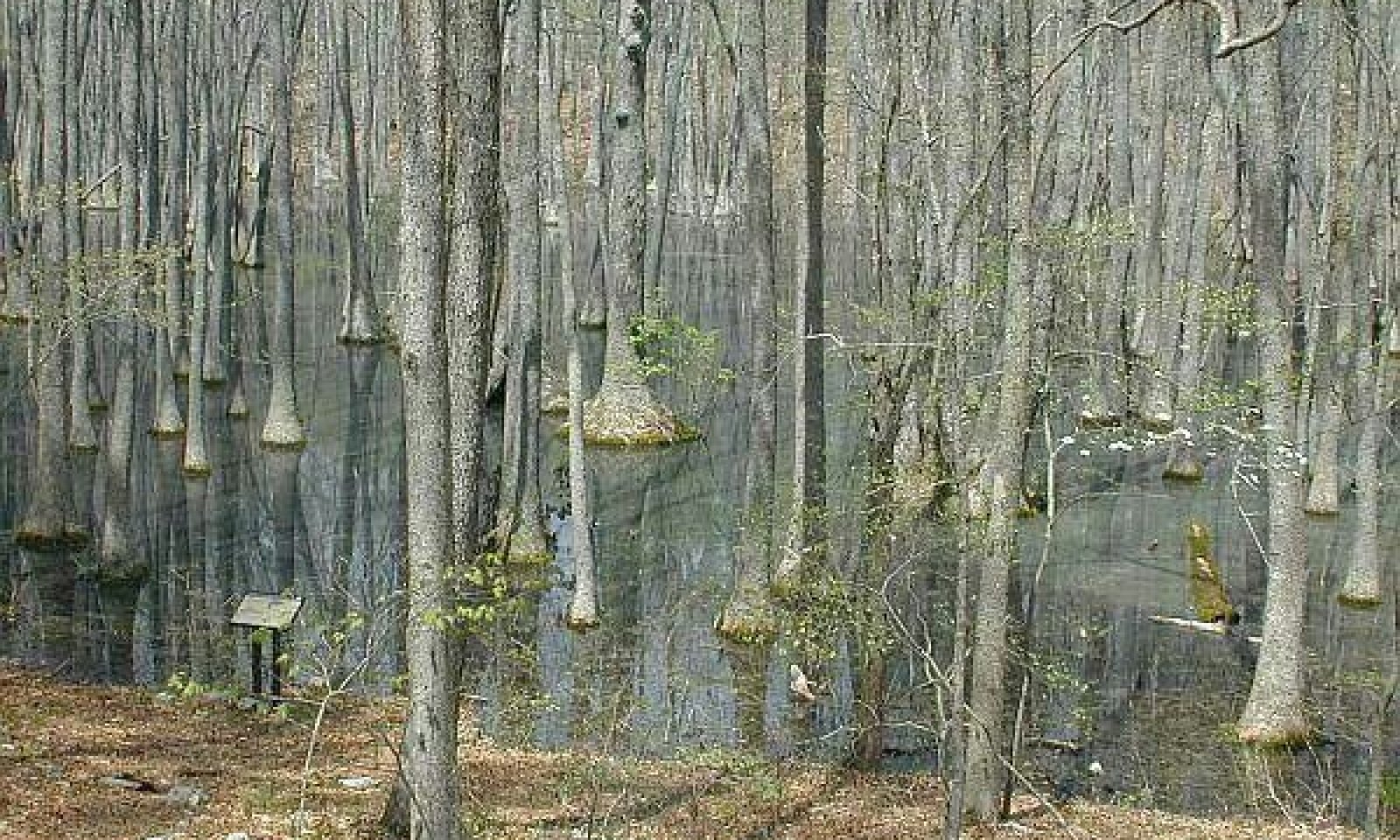
Ponded Sinkhole Wetland
Scenario model
Current ecosystem state
Select a state
Management practices/drivers
Select a transition or restoration pathway
- Transition T1A More details
- Restoration pathway R2A More details
-
No transition or restoration pathway between the selected states has been described
Target ecosystem state
Select a state
Description
The reference state may include wet woodlands along with wetter inclusions and associated communities, that are highly variable, ranging from pond marshes and shrub swamps with floating mats of vegetation, to swamps with an overstory of water tupelo, pin oak and other wetland trees. There are numerous plants whose occurrence in Missouri is confined to these sinkhole ponds, and many others whose next nearest locality is in the wetlands of the Mississippi Lowlands.
Submodel
Description
Many ponded sinkholes have been altered by humans - cleared, drained and planted to cool season grasses. Some have had berms put up to make the water deeper and more permanent for livestock. Transition back to a reference phase will take many decades and substantial investment in time and money.
Submodel
Mechanism
Transition activities from community phase 1.2A include drainage; clearing; forage planting; grassland management
Model keys
Briefcase
Add ecological sites and Major Land Resource Areas to your briefcase by clicking on the briefcase (![]() ) icon wherever it occurs. Drag and drop items to reorder. Cookies are used to store briefcase items between browsing sessions. Because of this, the number of items that can be added to your briefcase is limited, and briefcase items added on one device and browser cannot be accessed from another device or browser. Users who do not wish to place cookies on their devices should not use the briefcase tool. Briefcase cookies serve no other purpose than described here and are deleted whenever browsing history is cleared.
) icon wherever it occurs. Drag and drop items to reorder. Cookies are used to store briefcase items between browsing sessions. Because of this, the number of items that can be added to your briefcase is limited, and briefcase items added on one device and browser cannot be accessed from another device or browser. Users who do not wish to place cookies on their devices should not use the briefcase tool. Briefcase cookies serve no other purpose than described here and are deleted whenever browsing history is cleared.
Ecological sites
Major Land Resource Areas
The Ecosystem Dynamics Interpretive Tool is an information system framework developed by the USDA-ARS Jornada Experimental Range, USDA Natural Resources Conservation Service, and New Mexico State University.
